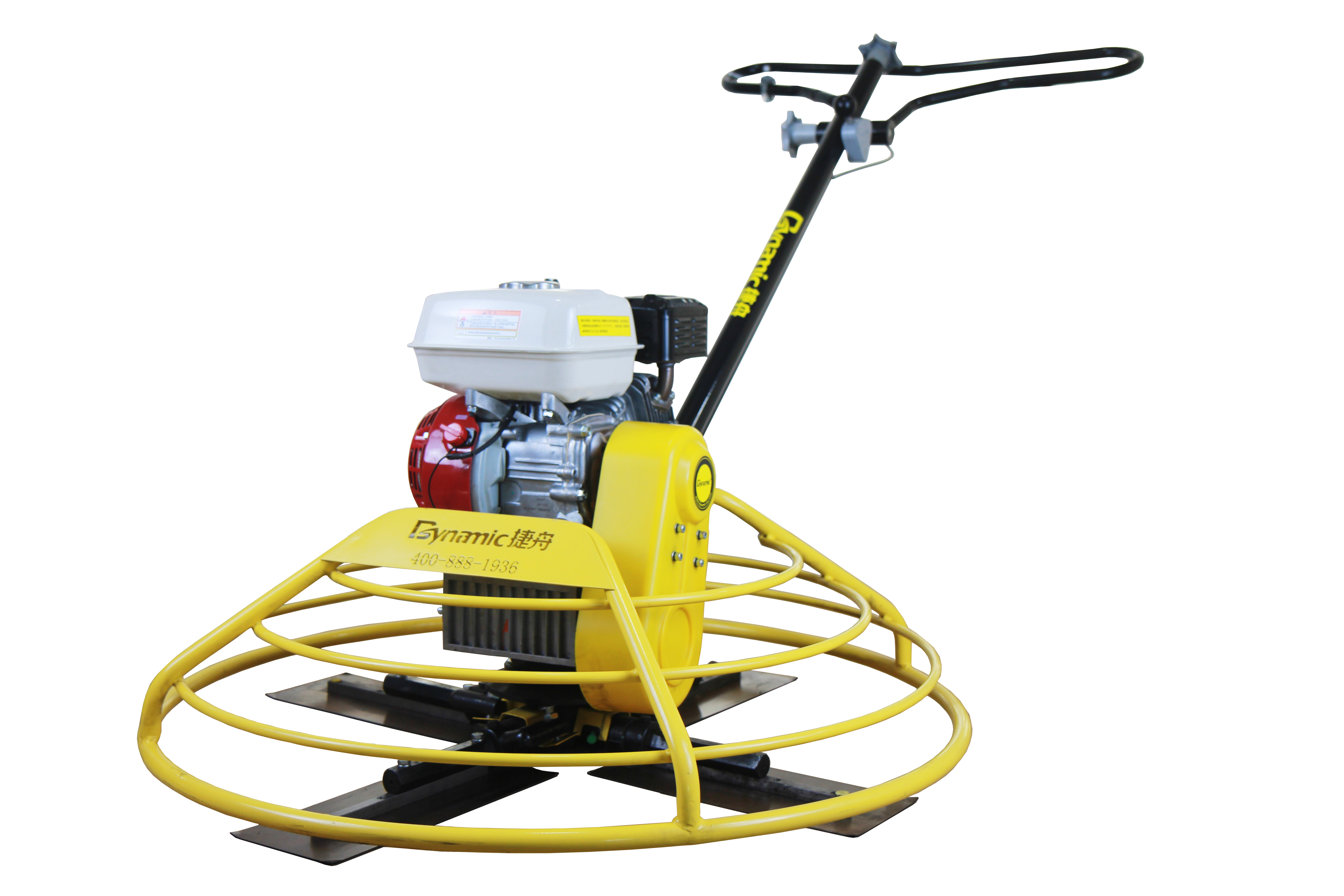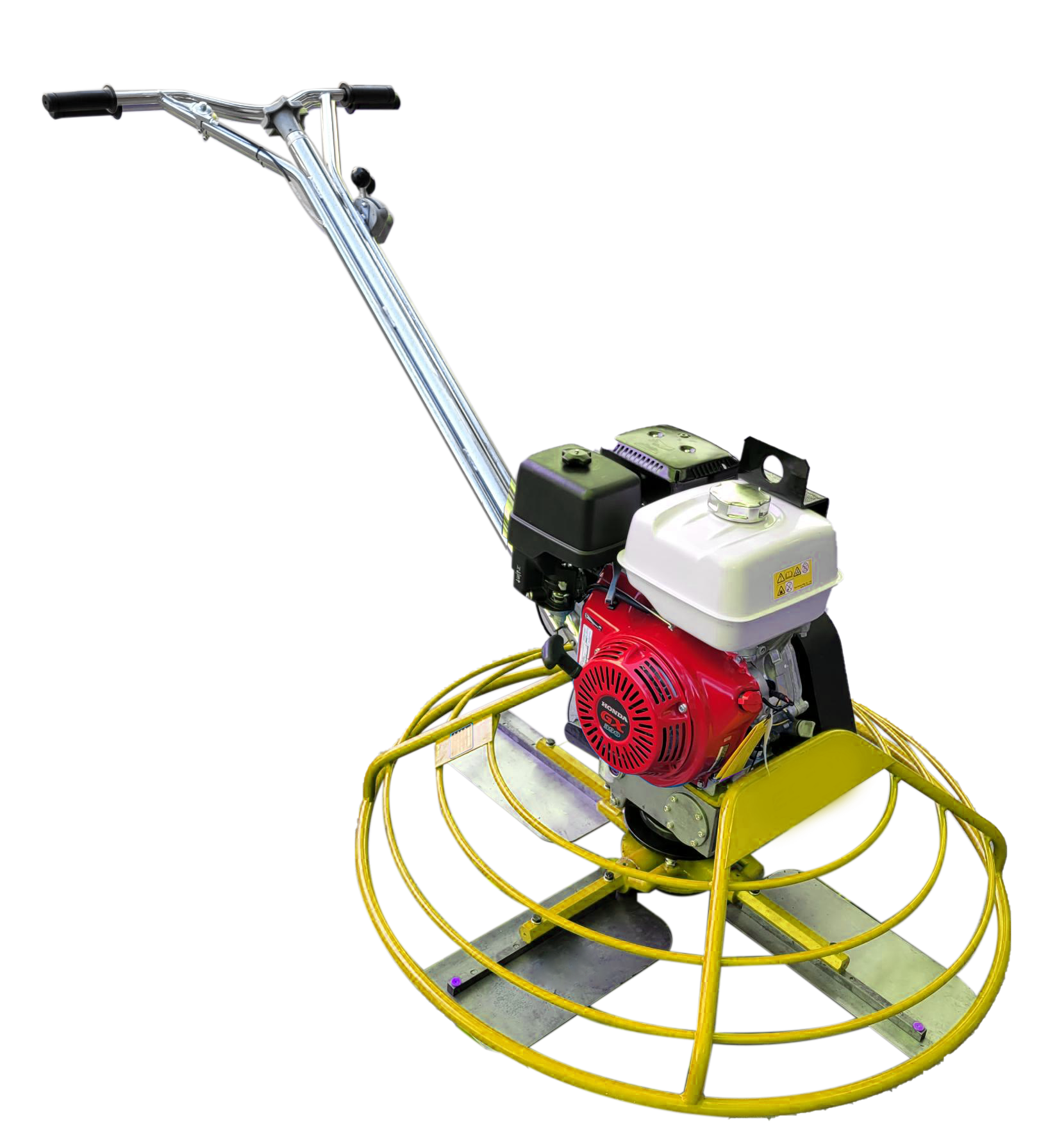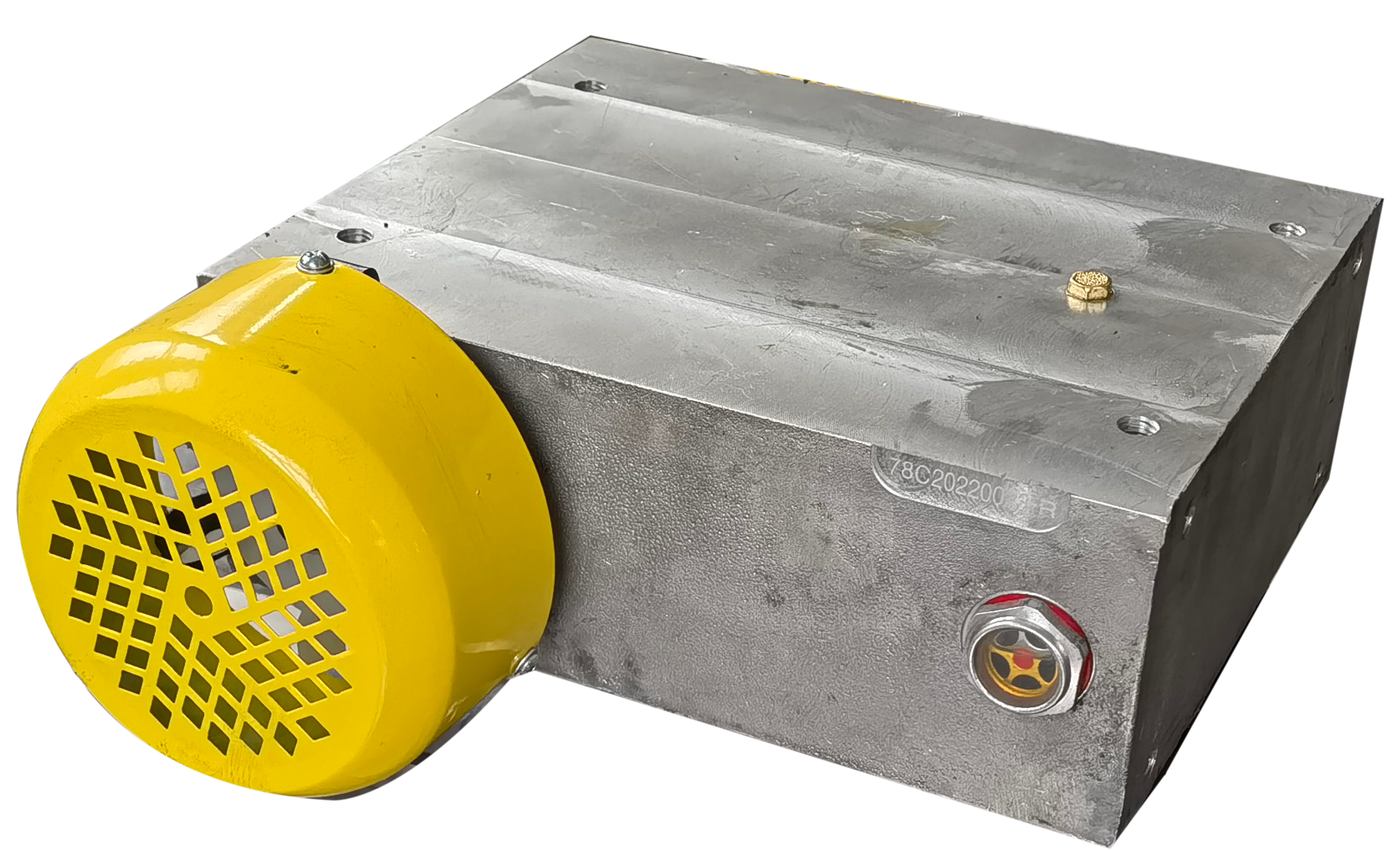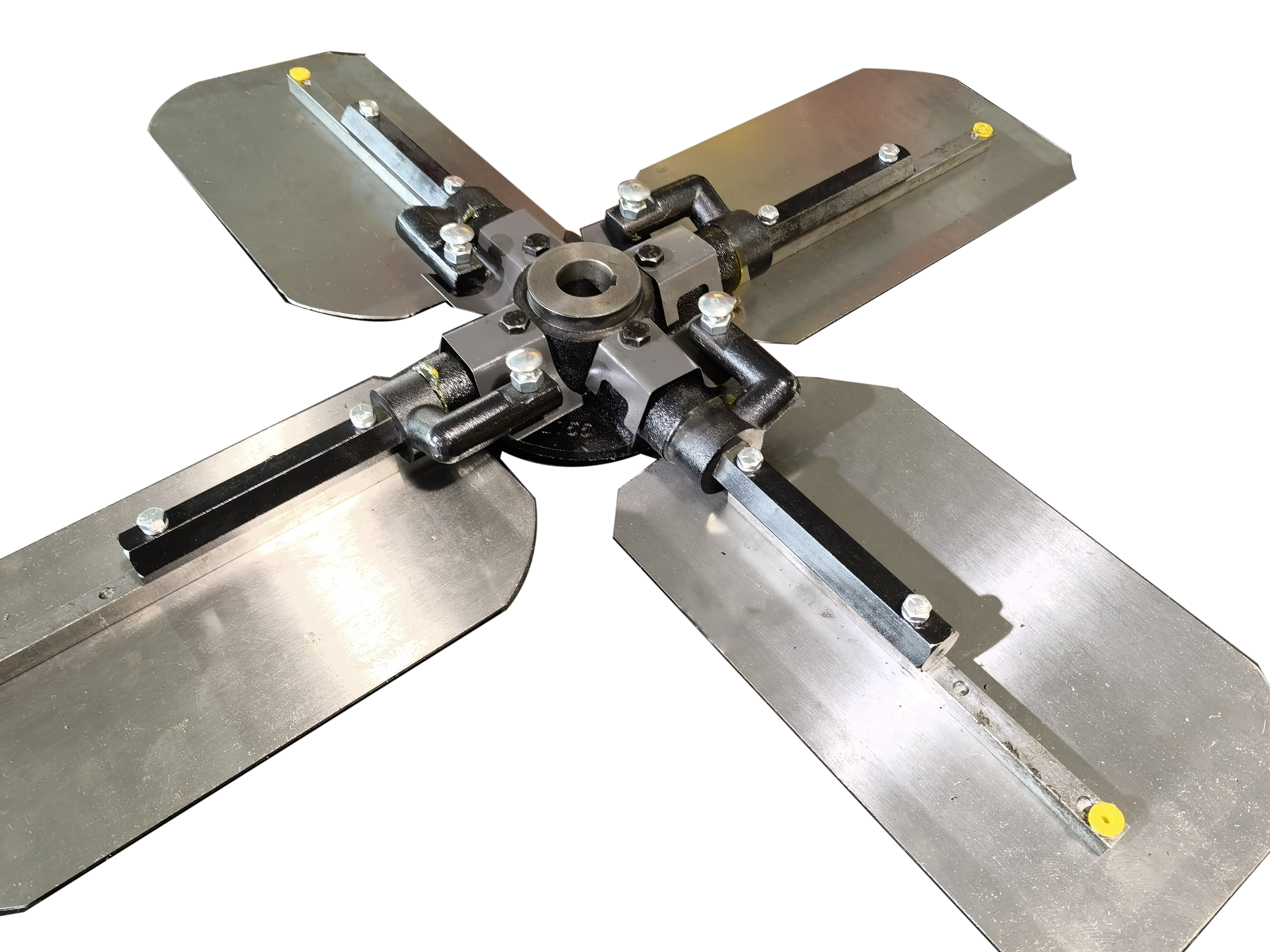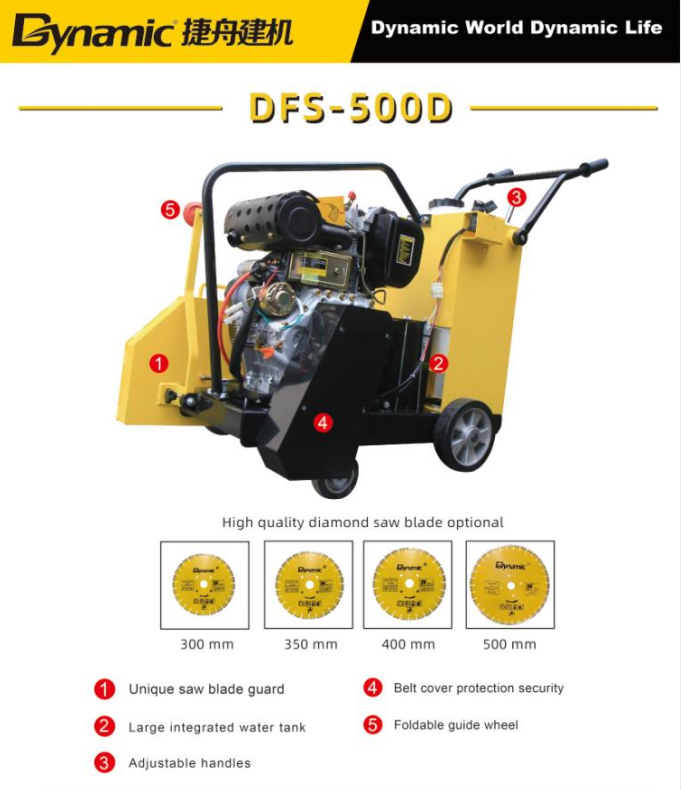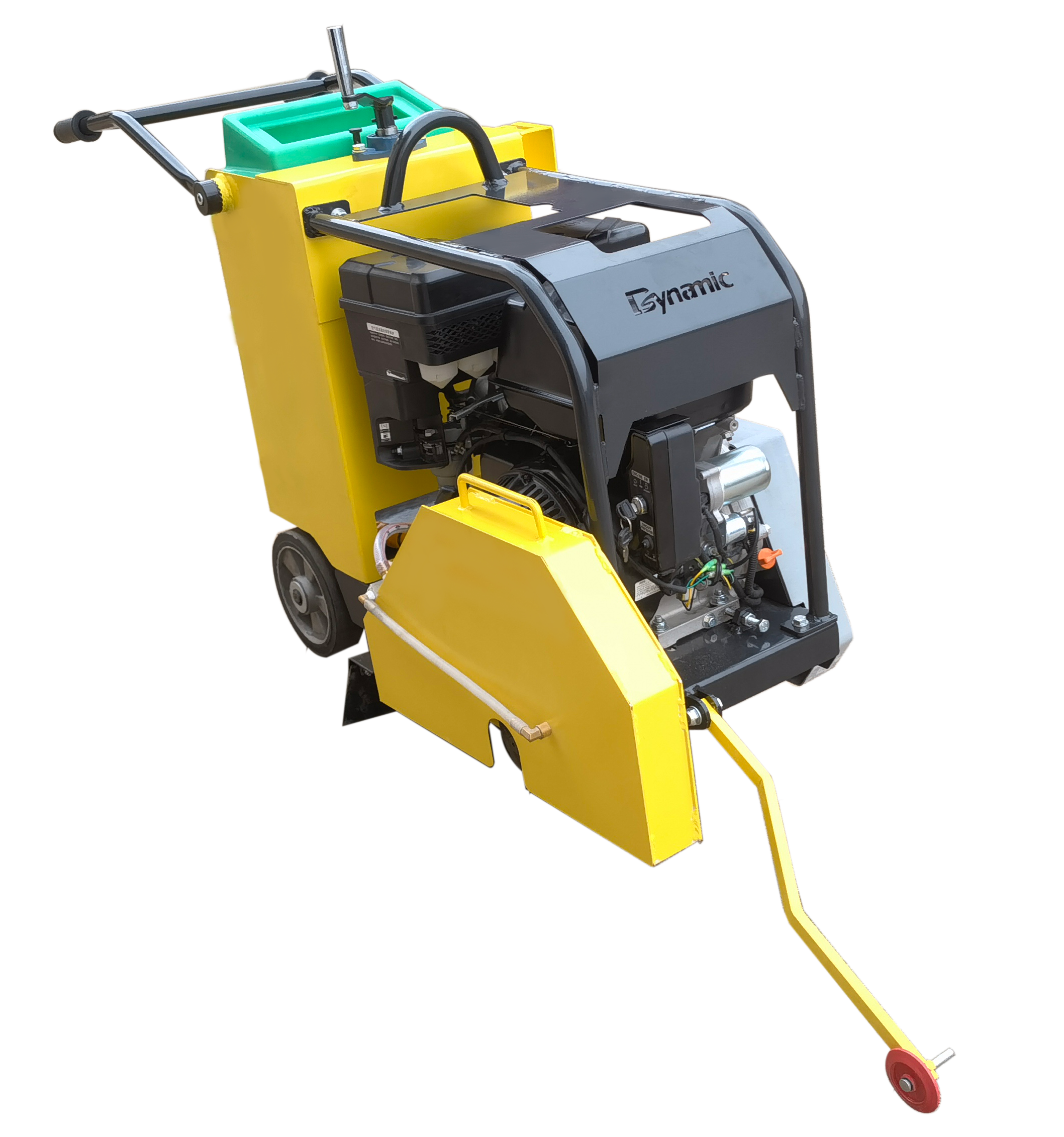When it comes to finishing concrete surfaces, walk-behind power trowels and concrete cutters are essential tools that make the job easier and more efficient. Whether you are a professional concrete contractor or a DIY enthusiast, having the right equipment for the job is crucial to achieving the desired results. In this article, we’ll explore the features and benefits of walk-behind power trowels and concrete cutters and provide some practical tips for using these tools effectively.
Walk-behind trowel
A walk-behind trowel is a machine used to smooth and finish concrete surfaces. It is equipped with rotating blades designed to flatten and polish concrete, leaving a smooth and even surface. This makes it an essential tool for any concrete renovation project, whether it’s a walkway, driveway, or patio.
There are several types of walk-behind power trowels available, including mechanical and hydraulic types. Mechanical trowels are powered by gasoline or diesel engines, while hydraulic trowels are powered by hydraulic motors. Both types are effective in achieving a smooth, flat surface, but each has its own advantages and disadvantages.
One of the main advantages of using a walk-behind power trowel is the time and labor savings you can achieve. With its powerful blade and adjustable speed settings, it can cover large areas of concrete in a relatively short period of time, reducing the need for manual labor and speeding up the overall construction process.
In addition to saving time, walk-behind trowels ensure a high-quality finish. The rotating blade is designed to flatten and polish concrete, leaving a smooth, even, blemish-free surface. This makes it ideal for projects that require a professional and polished look.
In contrast, concrete cutters are used to cut concrete, asphalt, and other hard surfaces. It is often used to create expansion joints, remove damaged portions of concrete, or cut trenches to install utilities. With its powerful blade and precise cutting capabilities, a concrete cutter is an essential tool for any construction or renovation project involving concrete.
As with walk-behind trowels, there are different types of concrete cutters available, including hand-held and walk-behind models. Handheld concrete cutters are more compact and portable, making them ideal for smaller jobs or tight spaces. Walk-behind concrete cutters, on the other hand, are larger and more powerful, making them a better choice for cutting thicker, tougher materials.
When using a concrete cutter, it is important to follow proper safety precautions and use appropriate protective gear. The blades of concrete cutters can be very sharp and can cause serious injury if not handled properly. Therefore, you must wear goggles, gloves, and ear protection when operating a concrete cutter, and always follow the manufacturer’s safe operating guidelines.
Practical tips for using walk-behind power trowels and concrete cutters
Whether you’re a professional contractor or a DIY enthusiast, there are some helpful tips to help you get the most out of your walk-behind power trowel and concrete cutter.
1. Choose the right equipment
Before starting any concrete finishing or cutting project, it is important to choose the right equipment for the job. Consider the size and scope of the project, as well as the type of concrete surface you will be working with to determine whether a walk-behind power trowel or concrete cutter is the best tool for the job.
2. Follow correct maintenance procedures
To ensure optimal performance and longevity, proper maintenance procedures for walk-behind trowels and concrete cutters must be followed. This includes regular cleaning, lubrication and blade maintenance, as well as checking for any signs of wear or damage that may affect the performance of the equipment.
3. Use the right blade
Using the correct blade for your walk-behind power trowel and concrete cutter is crucial to getting the best results. Different types of blades are designed for specific applications, so it’s important to choose the right blade for the type of concrete surface you’ll be working on, whether it’s a smooth surface, a rough surface, or a decorative pattern.
4. Practice safe operations
Always put safety first when using walk-behind power trowels and concrete cutters. This includes wearing appropriate protective gear, following the manufacturer’s safe operating guidelines, and being aware of any potential hazards or obstacles in the work area.
5. Seek professional advice
If you’re not sure how to use a walk-behind trowel or concrete cutter on a particular project, always seek professional advice. Whether you consult a professional contractor or contact the manufacturer for technical support, getting expert advice can help you get the best results and avoid costly mistakes.
In summary, walk-behind power trowels and concrete cutters are essential tools for any concrete finishing or cutting project. By understanding their features and benefits, and following the practical tips outlined in this article, you can get the most out of these versatile and powerful tools and achieve professional-quality results on your concrete construction or renovation projects.
Post time: Jan-03-2024




